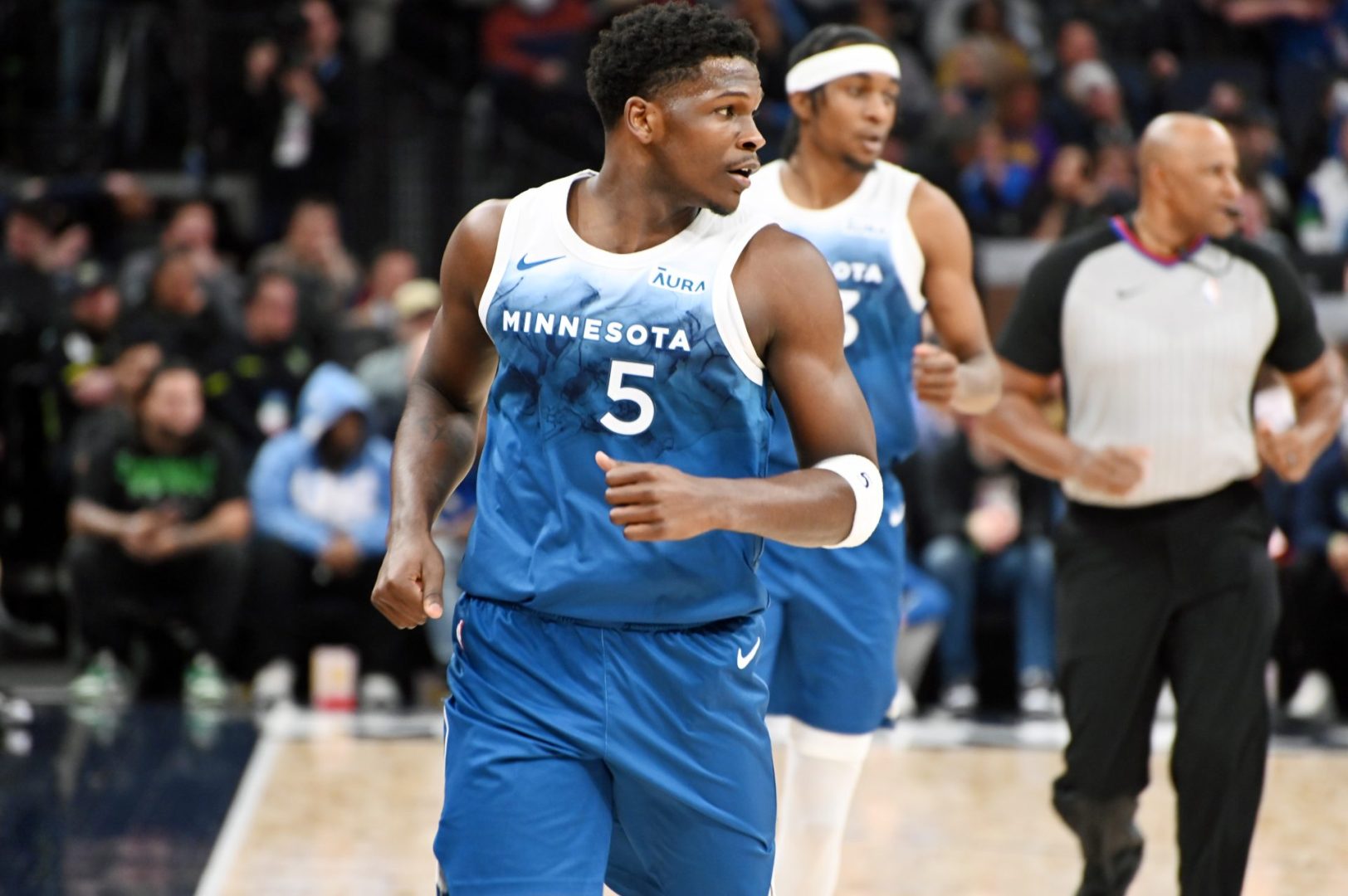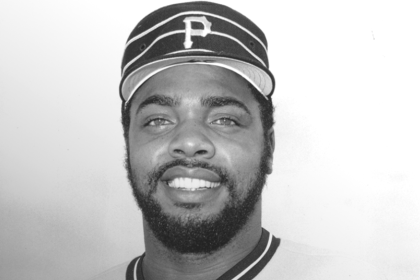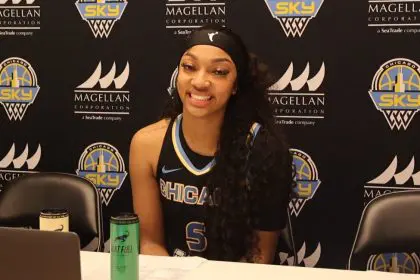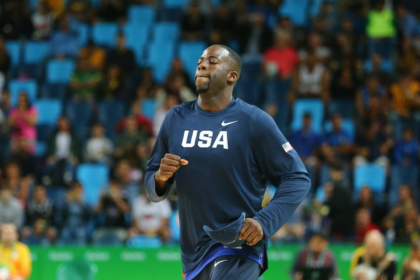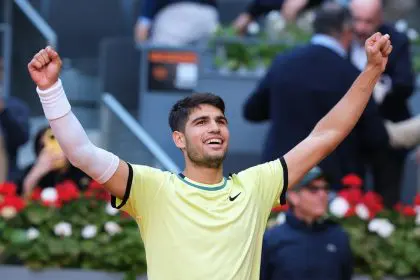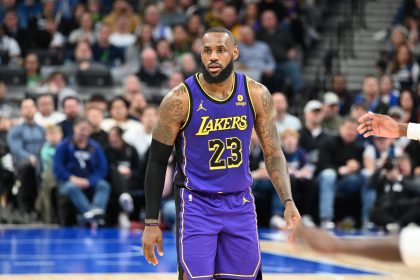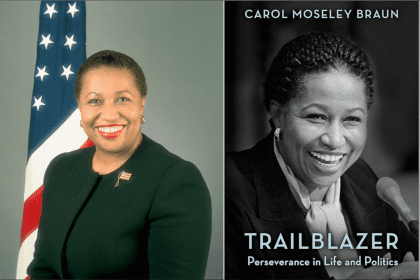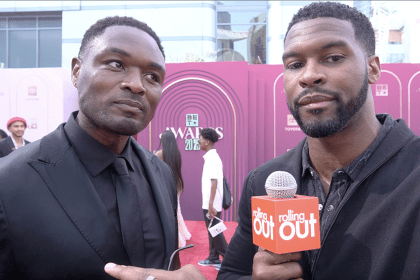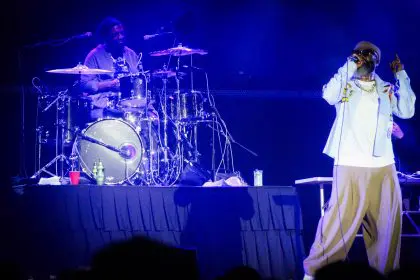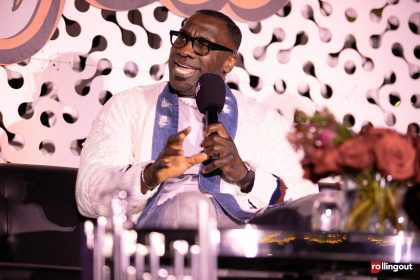A fundamental shift has taken root in the NBA landscape as Anthony Edwards, Shai Gilgeous-Alexander, Tyrese Haliburton, and Jalen Brunson lead a transformative movement reshaping professional basketball’s power structure.
The era defined by LeBron James, Stephen Curry, and Kevin Durant gradually recedes as these emerging stars forge their paths toward a first NBA championship, embodying a game that continues to evolve at unprecedented speed.
Edwards represents NBA’s new guard
Edwards, the explosive 23-year-old Minnesota Timberwolves guard, represents the complete package. His blend of raw athleticism, defensive intensity, and expanding offensive arsenal has transformed a long-suffering franchise into a legitimate contender in the Western Conference.
The Timberwolves star has become the face of a franchise without sustained success since the Kevin Garnett era. His fearlessness in crucial moments and willingness to challenge established stars reflect the confidence of this emerging generation.
Oklahoma City’s Gilgeous-Alexander presents a stark stylistic contrast. The 26-year-old Canadian has mastered the art of pace manipulation, using his fluid movement and deceptive strength to navigate defenses with surgical precision. His emergence as an elite two-way force propelled the Thunder from a rebuilding project to a championship contender in remarkably short order.
Thunder at center of youth charge
Unlike previous eras dominated by high-flying athleticism, SGA represents basketball as chess — deliberate, calculated, and devastatingly effective. His rise coincides with the Thunder’s accumulation of one of the league’s most impressive collections of young talent.
Indiana’s Haliburton embodies yet another archetype in this new NBA. The 24-year-old orchestrator leverages unprecedented court vision and three-point accuracy to fuel the Pacers’ resurgence as an offensive juggernaut. His ability to control tempo while creating opportunities for teammates represents point guard play evolved for the modern game.
Haliburton’s impact transcends statistics. He has transformed Indiana’s basketball culture and reconnected the franchise with its rich basketball heritage. His selfless approach contrasts sharply with the isolation-heavy tendencies of previous NBA eras.
Perhaps most surprising among this emerging class is Brunson, whose ascension with the New York Knicks defied conventional wisdom about size limitations. The 6-foot-1 guard has dismantled stereotypes through tenacity, basketball intellect, and remarkable scoring efficiency.
Brunson’s leadership restored relevance to a Knicks franchise that had wandered through decades of mediocrity. Madison Square Garden now vibrates with genuine championship aspirations rather than nostalgic echoes of past glory.
What distinguishes this generation from their predecessors extends beyond playing style. These stars arrived in an era of unprecedented player empowerment yet have avoided mainly the transient team-hopping that characterized the previous decade. They have instead invested in building sustainable cultures within their organizations.
The league’s economic structure further enhances its impact. The flattened salary cap and punitive luxury tax penalties incentivize roster continuity, allowing these stars to develop alongside complementary talent rather than forcing superteam formations.
The stylistic diversity among these emerging stars reflects basketball’s continued evolution. Three-point proficiency now represents merely one component of a multifaceted game that increasingly values positional flexibility, defensive versatility, and intellectual approach.
As the playoffs unfold, these players carry the weight of franchises unaccustomed to championship expectations in the modern era. Their success or failure merely represents a transitional period or the definitive beginning of basketball’s next chapter.
Edwards, Gilgeous-Alexander, Haliburton, and Brunson now stand at the crossroads of this transformation, their championship pursuits representing far more than individual achievement. They are responsible for defining basketball’s future direction at its highest level.

